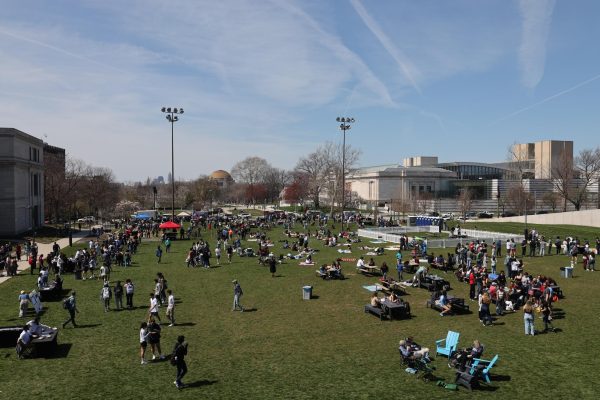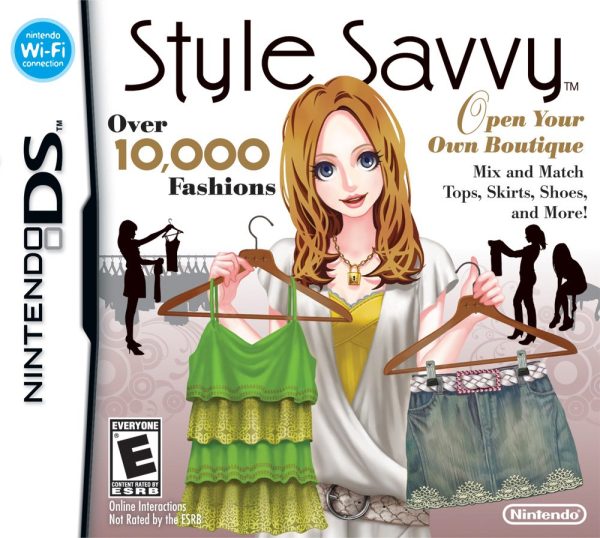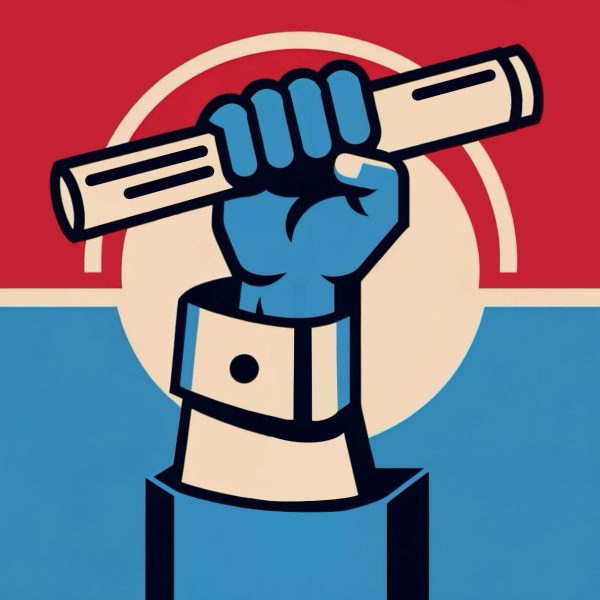Holmberg: Privatization is one solution to America’s public education deterioration
March 24, 2017
Government at the local, state and federal level has focused on improving education in America for over thirty years. Much of the dissatisfaction with the U.S. public school system began with a 1983 report entitled, “A Nation at Risk: The Imperative for Educational Reform.” The report detailed the public school system’s failure to equip students with the skills necessary for success. Yet, despite legislative reforms since then, research consistently shows that schools are not better than they were before. In 2003, 20 years after the report, most U.S. students were performing below proficiency level in math and science. Perhaps, the solution is not to continue passing reform after reform, but rather to change the education system itself.
Milton Friedman, a Nobel-Prize winning economist, first suggested that privatization could be the answer to America’s education dilemma. Friedman advocated for a school choice system. In which, parents and students can dictate the education that best addresses their needs, instead of the government deciding for them.
In a free market economy, the traditional role of government is to enforce a strong legal framework and to intervene only in the case of market failures. Government has done an excellent job at financing education, but it has gradually overstepped its bounds by trying to administer the school system. To truly improve education, it is necessary for the government to take a step back and let the industry forces take control.
One way to achieve a competitive, quality-driven educational system is through use of vouchers. School-choice vouchers allow the consumer to take control. By selecting which institution their children will attend, a parent indicates what standards they expect from schools. Vouchers are especially beneficial to students in urban areas, where public schools are underperforming. In 2015, the National Center for Education Statistics reported that on average 34.6 percent of twelfth grade students in urban schools read below “basic” level and only 31 percent are classified as “proficient” readers.
Critics of such educational change express their concern over the fairness and implementation of vast privatization. Concerns are not unwarranted. There is no guarantee that such a system will work exactly as intended, as every policy action comes with some unintended consequences. The U.S. can continue to trial the system in cities across the country. If the changes are as effective as economic theory predicts, then the voucher system should be applied more widely.
While the idea of vouchers is hardly new, controversy has continued to surround the use of them in education. When Cleveland began offering such a program, it was challenged on the grounds that it favored private religious schools. In a landmark decision, Zelman v. Simmons-Harris (2002) the Supreme Court ruled that the use of school vouchers to go to religious schools is constitutional. Justice Thomas’s concurrence praised the opportunities that such a program provides urban students.
Milton Friedman said that privatization of the education system will “provide the public schools with the competition that will force them to improve in order to hold their clientele” in a briefing for the CATO Institute. In our current education system, there is no incentive for public schools to adapt. Free market competition drives innovation, increased quality and lower costs. Schools will strive to be excellent to attract more students. In our present public school system, the government passes legislation that binds schools to certain performance standards, or they risk losing funding. Schools’ focus should not be fixed on attaining benchmark numbers, but rather the overall quality of the education provided. A system which allows public and private schools to rival each other can result in school improvement for both types of institutions.
Real incentives emerge when privatization occurs. Teachers will be compensated based on the value they provide rather than a government dictated salary. Individuals who are currently discouraged to become teachers are encouraged to enter the profession. And, the increased supply of labor will allow for more refined selection of educators. Better teachers will be able to stay in the field and poor teachers will be forced out by the competition.
By offering school choice, the government will be ensuring a strong future. A gradual transition to a more competitive school market has the potential to improve outcomes for students and teachers. Vouchers are a different route than the government has taken historically, but they are intended to achieve the same objective: improve the quality of education.






















